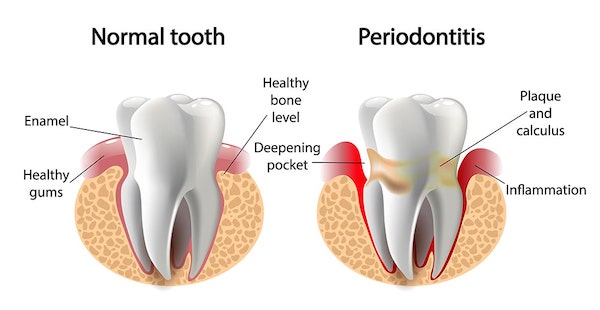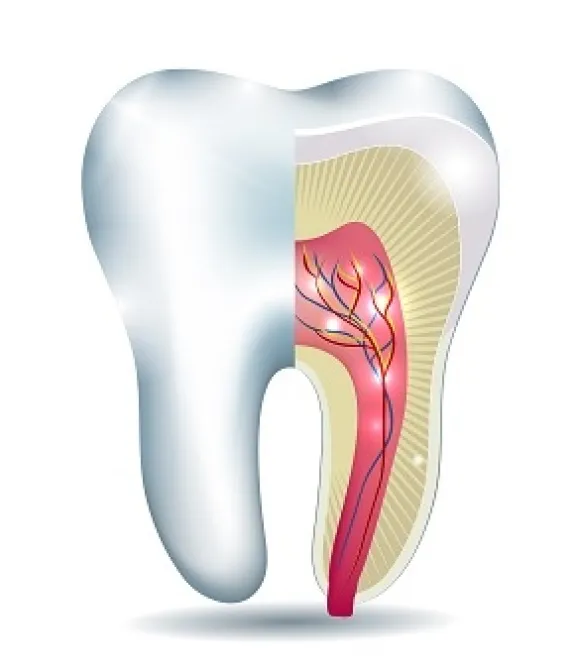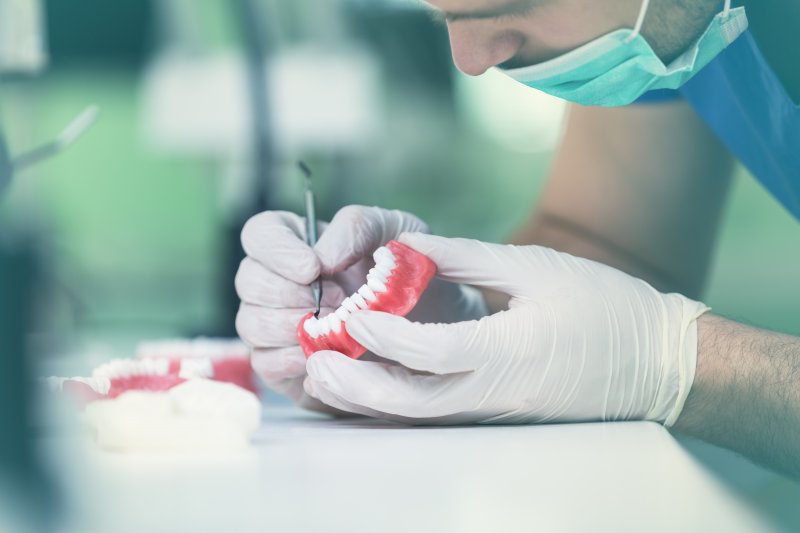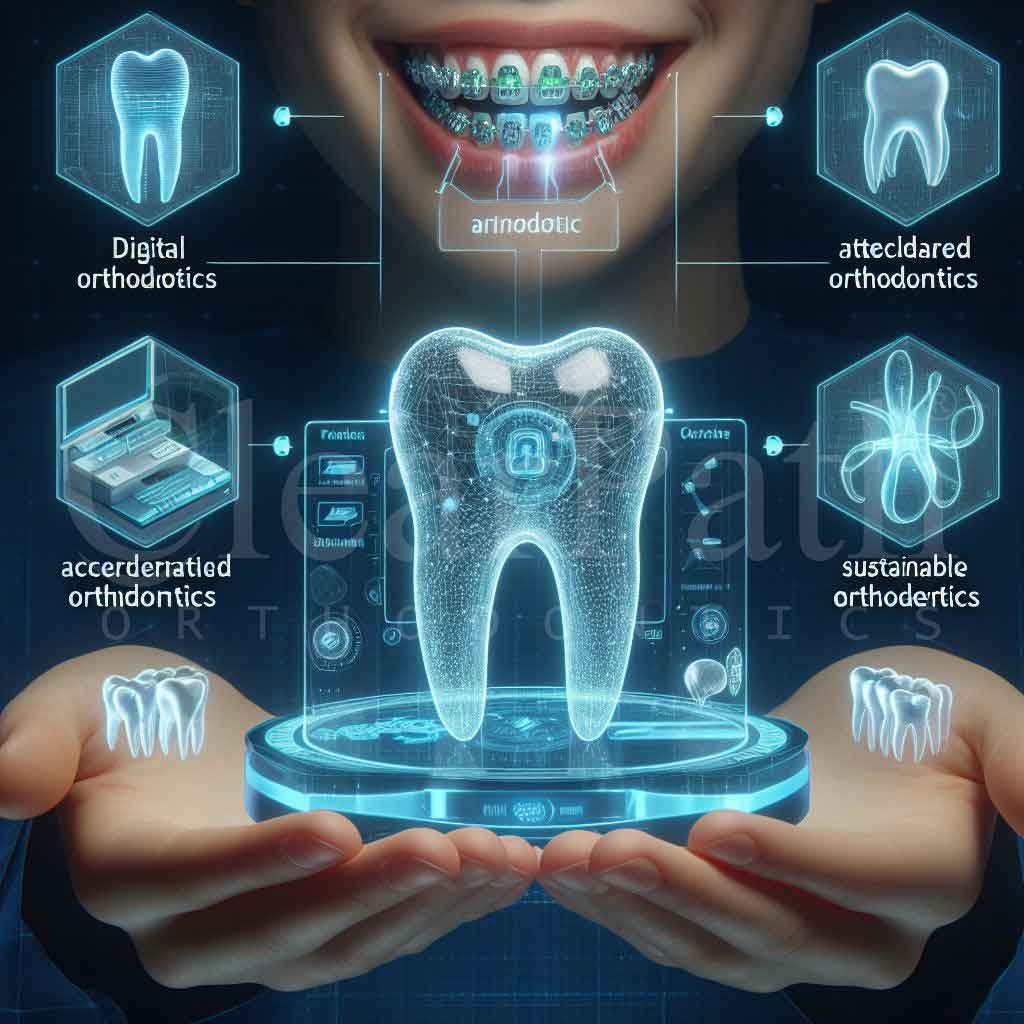
Our Story
Founded in 2021, Neo Dentistree was established with the vision of creating a dental practice that combines expertise, innovation, and compassion. Over the years, we have grown into a trusted provider of dental care in the Bengaluru, Karnataka area, known for our patient-focused approach and dedication to excellence.
Friendly Clinic Near You
Your friendly neighbourhood dental clinic that you can trust.
Experienced Dentist
Professional dental care by experienced Professionals.

Our Mission
At Neo DentisTree, our mission is to deliver high-quality dental care that exceeds our patients’ expectations. We strive to promote oral health, enhance smiles, and improve the overall well-being of our community through comprehensive and compassionate dental services.
Our Vision
Our vision is to be the leading dental clinic in [City/Region], known for our innovative treatments, patient-centered care, and commitment to excellence. We aim to continuously advance our skills and knowledge to provide the best possible outcomes for our patients.
Committed To Dental Excellence
We Create Beautiful and Brighter Smiles
Neo DentisTree is dedicated to providing exceptional dental care through advanced technology, personalized treatment plans, and a patient-centered approach. Led by the esteemed Dr. Gayathri Chinmayee, our clinic has become a trusted name in dental care in your area, committed to enhancing the health and beauty of your smile.
Dr.Gayathri Chinmayee
MDS - Periodontics & Implantology
Treatments We Do at Neo Dentistree

- Scaling and Root Planing: Deep cleaning to remove plaque and tartar below the gumline.
- Gingivectomy: Surgery to remove excess or diseased gum tissue.
- Flap Surgery: Lifting gums to clean deep pockets and reshape bone.
- Bone Grafting: Replacing lost bone to support teeth or implants.
- Soft Tissue Grafts: Covering exposed roots to reduce sensitivity.
- Guided Tissue Regeneration: Encouraging regrowth of bone and gum tissue.
- Laser Therapy: Minimally invasive treatment for gum disease.
- Crown Lengthening: Exposing more of a tooth for crowns or aesthetics.
- Frenectomy: Removing tissue folds causing issues like tongue-tie.
- Osseous Surgery: Reshaping bone to reduce gum pockets.
- Periodontal Maintenance: Regular cleanings to prevent gum disease recurrence.
- Sinus Lift Surgery: Adding bone to the upper jaw for implants.
- Peri-implantitis Treatment: Treating infections around dental implants.
- Root Surface Debridement: Deep cleaning of tooth roots.
- Antibiotic Gel Treatments: Applying antibiotics to gums.
- Oral Irrigation Therapy: Using water to clean around gums.
- Pocket Reduction Surgery: Reducing gum pocket depth.
- Platelet-Rich Plasma (PRP): Using blood to promote healing.
- Enamel Matrix Derivative (EMD): Promoting bone and tissue regeneration.
- Periodontal Splinting: Stabilizing loose teeth.
- Ridge Augmentation: Rebuilding bone ridge for implants.
- Guided Bone Regeneration (GBR): Promoting new bone growth.
- Periodontal Plastic Surgery: Improving gum appearance.

- Root Canal Therapy: Removing infected pulp and sealing the tooth.
- Apicoectomy: Removing the tip of a tooth’s root.
- Pulpotomy: Removing diseased pulp in baby teeth.
- Pulpectomy: Complete removal of pulp in baby teeth.
- Root Canal Retreatment: Re-cleaning and sealing a reinfected root canal.
- Internal Bleaching: Whitening darkened teeth after root canal.
- Endodontic Microsurgery: Precise removal of diseased tissue.
- Root Canal Fillings: Using gutta-percha to fill root canals.
- Post and Core Placement: Strengthening a tooth after root canal.
- Regenerative Endodontics: Stimulating tissue growth in immature teeth.
- Traumatic Tooth Injury Management: Treating fractured or dislocated teeth.
- Cracked Tooth Syndrome Treatment: Treating pain from cracked teeth.
- Separated Instrument Removal: Removing broken tools from root canals.
- Calcified Canal Treatment: Clearing blocked root canals.
- Apexification: Encouraging root tip formation in immature teeth.
- Apexogenesis: Preserving healthy pulp in young teeth.
- Management of Root Resorption: Stopping destruction of tooth structure.
- Calcium Hydroxide Application: Disinfecting root canals.
- Fiber Posts for Restorations: Supporting tooth structure after root canal.
- Temporary Restoration: Protecting a tooth after root canal.
- Endodontic Consultation: Diagnosing complex pulp or root issues.
- Tooth Replantation: Replanting knocked-out teeth.
- Removal of Infected Root Canal Filling: Re-cleaning and resealing infected canals.

- Dental Crowns: Caps for damaged teeth.
- Bridges: Replacing missing teeth by anchoring to adjacent teeth.
- Dentures: Removable replacements for missing teeth.
- Implant-Supported Dentures: Dentures stabilized by implants.
- Dental Implants: Titanium posts for replacement teeth.
- All-on-4 Implants: Full-arch restoration with four implants.
- Full Mouth Rehabilitation: Comprehensive restoration of the mouth.
- Veneers: Thin shells to improve tooth appearance.
- Inlays and Onlays: Indirect restorations for moderate decay.
- Overdentures: Dentures fitting over natural teeth or implants.
- Snap-In Dentures: Removable dentures that snap onto implants.
- Tooth Bonding: Repairing minor tooth damage with resin.
- CEREC Crowns: Same-day crowns using CAD/CAM technology.
- Zirconia Crowns: Durable, natural-looking crowns.
- Removable Partial Dentures: Secure partial dentures with attachments.
- Hybrid Prostheses: Combination of fixed and removable prostheses.
- Telescopic Dentures: Dentures with better retention.
- Maryland Bridge: Minimally invasive bridge for front teeth.
- Custom Night Guards: Protecting teeth from grinding.
- Custom Sports Mouthguards: Protecting teeth during sports.
- Implant-Retained Bridge: Fixed bridge anchored to implants.
- Cantilever Bridge: Bridge supported by one tooth or implant.
- Dental Splinting: Stabilizing loose teeth.
- Temporary Partial Dentures: Temporary solution for missing teeth.
- Implant-Supported Crown: Single-tooth replacement with an implant.

- Tooth Extractions: Removing teeth.
- Wisdom Teeth Removal: Extracting problematic wisdom teeth.
- Dental Implant Surgery: Placing implants in the jawbone.
- Bone Grafting: Rebuilding jawbone.
- Sinus Lift Surgery: Adding bone to the upper jaw.
- Corrective Jaw Surgery: Aligning jaws.
- TMJ Surgery: Treating severe jaw joint disorders.
- Cleft Lip and Palate Surgery: Correcting congenital defects.
- Facial Trauma Surgery: Treating facial bone injuries.
- Tumor Removal: Removing tumors from the mouth or jaw.
- Salivary Gland Surgery: Removing blockages or tumors.
- Apicoectomy: Removing the tip of a tooth’s root.
- Frenectomy: Removing tissue folds.
- Cyst Removal: Removing cysts from the jaw or mouth.
- Reconstructive Jaw Surgery: Rebuilding the jaw.
- Biopsies for Oral Lesions: Surgical removal of a small sample of suspicious tissue from the mouth for diagnostic purposes, helping to detect oral cancer or other conditions.
- Distraction Osteogenesis: A surgical technique used to lengthen bones in the face or jaw, often used in patients with congenital defects or trauma.
- Facial Implants: Cosmetic surgery to enhance facial contours using implants in the chin, cheeks, or jaw, improving facial symmetry and aesthetics.
- Maxillary Osteotomy: Surgery to reposition the upper jaw, correcting issues such as overbites, underbites, and crossbites that cannot be fixed with orthodontics alone.
- Mandibular Osteotomy: Surgery to reposition the lower jaw, often performed alongside upper jaw surgery to correct severe bite problems.
- Oral Cancer Surgery: Surgical removal of cancerous tissue from the mouth, sometimes followed by reconstructive surgery to restore function and appearance.
- Nerve Repair (Following Trauma): Microsurgical techniques to repair damaged facial nerves, restoring sensation and function after injury.
- Facial Cosmetic Surgery: Procedures to improve the aesthetics of the face, such as rhinoplasty (nose surgery), blepharoplasty (eyelid surgery), and facelifts.

- Fluoride Treatments: Topical application of fluoride to strengthen enamel and prevent cavities in children, especially those at higher risk of tooth decay.
- Dental Sealants: Thin, protective coatings applied to the chewing surfaces of back teeth, preventing cavities by sealing out food particles and bacteria.
- Pulpotomy (Baby Root Canal): Removal of the infected pulp in a baby tooth, leaving the healthy portion intact to maintain the tooth’s function until it naturally falls out.
- Pulpectomy: Complete removal of infected pulp from a baby tooth, followed by filling the space to preserve the tooth until the permanent tooth erupts.
- Space Maintainers: Custom-made appliances used to hold space for permanent teeth when baby teeth are lost prematurely, preventing misalignment.
- Behavior Management Techniques: Methods used to ease dental anxiety in children, including positive reinforcement, tell-show-do techniques, and sometimes sedation.
- Early Orthodontic Evaluation: Assessment of children’s developing teeth and jaw structure to identify potential issues with alignment and bite, facilitating early intervention.
- Interceptive Orthodontics: Preventive treatments such as expanders or partial braces used in young children to correct bite issues before they become more severe.
- Silver Diamine Fluoride (SDF): A non-invasive treatment for cavities that stops decay in its tracks, often used in young children or those with special needs who are unable to tolerate traditional fillings.
- Tooth-Colored Fillings for Baby Teeth: Aesthetic fillings that restore decayed or damaged baby teeth, blending in with the natural tooth color.
- Habit Counseling (Thumb-Sucking): Guidance and strategies to help children stop habits like thumb-sucking, which can affect tooth alignment and jaw development.
- Dental Extractions for Baby Teeth: Removal of severely decayed or damaged baby teeth when they cannot be saved, preventing infection and allowing space for adult teeth to emerge.
- Pediatric Dental Crowns: Stainless steel or tooth-colored crowns used to restore heavily decayed baby teeth, preserving them until they naturally fall out.
- Oral Health Education for Parents: Providing information and guidance on proper oral hygiene, diet, and care for children to prevent cavities and gum disease.
- Fluoride Treatments: Topical application of fluoride to strengthen enamel and prevent cavities in children, especially those at higher risk of tooth decay.
- Dental Sealants: Thin, protective coatings applied to the chewing surfaces of back teeth, preventing cavities by sealing out food particles and bacteria.
- Pulpotomy (Baby Root Canal): Removal of the infected pulp in a baby tooth, leaving the healthy portion intact to maintain the tooth’s function until it naturally falls out.
- Pulpectomy: Complete removal of infected pulp from a baby tooth, followed by filling the space to preserve the tooth until the permanent tooth erupts.
- Space Maintainers: Custom-made appliances used to hold space for permanent teeth when baby teeth are lost prematurely, preventing misalignment.
- Behavior Management Techniques: Methods used to ease dental anxiety in children, including positive reinforcement, tell-show-do techniques, and sometimes sedation.
- Early Orthodontic Evaluation: Assessment of children’s developing teeth and jaw structure to identify potential issues with alignment and bite, facilitating early intervention.
- Interceptive Orthodontics: Preventive treatments such as expanders or partial braces used in young children to correct bite issues before they become more severe.
- Silver Diamine Fluoride (SDF): A non-invasive treatment for cavities that stops decay in its tracks, often used in young children or those with special needs who are unable to tolerate traditional fillings.
- Tooth-Colored Fillings for Baby Teeth: Aesthetic fillings that restore decayed or damaged baby teeth, blending in with the natural tooth color.
- Habit Counseling (Thumb-Sucking): Guidance and strategies to help children stop habits like thumb-sucking, which can affect tooth alignment and jaw development.
- Dental Extractions for Baby Teeth: Removal of severely decayed or damaged baby teeth when they cannot be saved, preventing infection and allowing space for adult teeth to emerge.
- Pediatric Dental Crowns: Stainless steel or tooth-colored crowns used to restore heavily decayed baby teeth, preserving them until they naturally fall out.
- Oral Health Education for Parents: Providing information and guidance on proper oral hygiene, diet, and care for children to prevent cavities and gum disease.

- Metal Braces: Traditional metal braces are used to correct crooked or crowded teeth, overbites, underbites, and misaligned jaws. They apply constant pressure over time to gradually move teeth into proper alignment.
- Ceramic Braces: These braces function similarly to metal ones but are made of clear or tooth-colored materials, offering a more discreet appearance while still correcting severe misalignment or bite issues.
- Invisalign: Clear aligners used to straighten teeth without wires or brackets. These removable aligners are convenient for adults and teens who want a nearly invisible treatment for mild to moderate misalignment.
- Pulpectomy: Complete removal of infected pulp from a baby tooth, followed by filling the space to preserve the tooth until the permanent tooth erupts.
- Lingual Braces: Placed on the back of the teeth, lingual braces provide an option for those needing orthodontic treatment but wanting to keep it hidden. They treat the same alignment issues as traditional braces but are less visible.
- Self-ligating Braces: These braces use a special clip instead of elastic bands, reducing friction and possibly shortening treatment time. They help correct crowding, spacing, and bite issues.
- Retainers: After orthodontic treatment, retainers are worn to maintain the new position of the teeth, preventing them from shifting back to their original state.
- Palatal Expanders: Used primarily in children, expanders widen the upper jaw to correct bite problems, such as crossbites or severe crowding. This device helps create space for teeth and improves jaw alignment.
- Headgear: A removable device often used in conjunction with braces to correct overbites by exerting pressure on the upper teeth and jaw. It is typically worn overnight.
- Forsus Appliance: Used to correct severe overbites, this fixed appliance pushes the lower jaw forward and helps align the teeth and jaw.
- Elastics (Rubber Bands): Used with braces to apply extra pressure on certain teeth, elastics correct bite problems by guiding teeth into their correct positions.
- Temporary Anchorage Devices (TADs): These mini screws are temporarily placed in the mouth to provide additional stability and control during orthodontic treatment. They are used to move teeth in specific directions more efficiently.
- Functional Appliances (e.g., Herbst): These devices help correct jaw growth in children and adolescents, guiding the lower jaw forward to correct an overbite.
- Jaw Surgery (Orthognathic Surgery): For severe jaw misalignments, surgery is sometimes needed to correct the bite, improve facial symmetry, and enhance overall dental function.
- Clear Aligners (Other than Invisalign): Similar to Invisalign, clear aligners from other brands help correct mild to moderate misalignment issues without using braces.
- Space Maintainers: Used in children who lose baby teeth prematurely, these devices prevent the adjacent teeth from shifting into the empty space, ensuring the adult tooth has enough room to emerge properly.
- Lip and Cheek Bumpers: These are used to prevent the lips or cheeks from putting pressure on the teeth during orthodontic treatment, helping to maintain space and alignment.
- Orthodontic Bonding: The process of applying brackets to the teeth for braces or placing other orthodontic appliances. It is essential for initiating treatment and ensuring the proper placement of braces.
- Impacted Tooth Exposure: A minor surgical procedure to expose impacted teeth, typically canines, so they can be moved into the correct position with braces.
- Lingual Braces: Placed on the back of the teeth, lingual braces provide an option for those needing orthodontic treatment but wanting to keep it hidden. They treat the same alignment issues as traditional braces but are less visible.
- Self-ligating Braces: These braces use a special clip instead of elastic bands, reducing friction and possibly shortening treatment time. They help correct crowding, spacing, and bite issues.
- Palatal Expanders: Used primarily in children, expanders widen the upper jaw to correct bite problems, such as crossbites or severe crowding. This device helps create space for teeth and improves jaw alignment.
Complete Care on Your Schedule
Bringing Life to Your Smile!
Experienced Dentist
Skilled care from a seasoned dental professional.
Advance Treatment
Cutting-edge solutions for optimal dental health.
Guaranteed Results
Reliable outcomes with our proven treatment methods.
Modern Equipment
State-of-the-art technology for precise and effective care.
The best dental experience, unmatched.
Our state-of-the-art dental facility is simply a haven of exceptional treatment. A team of dental wizards, fully equipped with the latest technology and a wide array of services, transforms dental experiences into pure joy.
